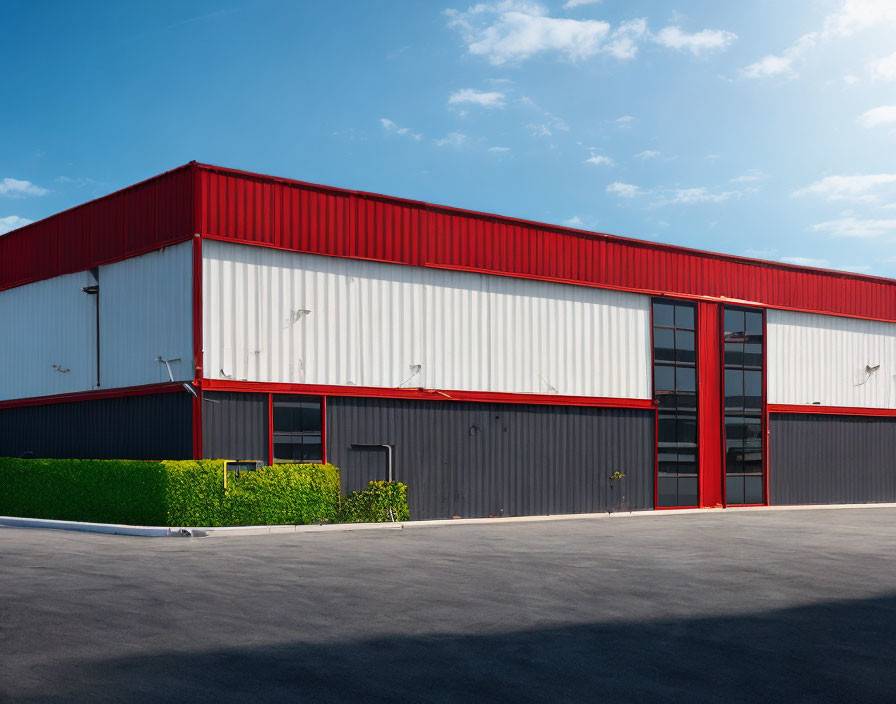How is Job Cost Accounting Used in Manufacturing?
A manufacturing business is a complex ones. There are many factors that go into creating and producing a product on a mass scale.
What Goes Into Manufacturing?
Manufacturers are responsible for taking raw materials and assembling them into finished products. This is a pretty involved process.

Design: If the manufacturer is making its own products, they will have a design & development team working on new ideas, as well as improving on old ones. Engineers must create detailed product planes, including specifications, sizes, and material info.
Materials: Part of the design process is choosing what materials would be the best match for the product. This involves safety and strength testing, as well as compatibility testing.
Once the materials have been identified, they must be purchased from a supplier. Material types run the gamut, meaning there will be many suppliers that a manufacturer will maintain relationships with. They will be sourcing plastics, metals, fabrics, circuit boards, chemicals, and various electrical components. This may sometimes require using more than one supplier for a particular material, as demands may change from job to job.
Production: The actual process of production can be done a number of different ways, from manual to fully automated. Usually some type of special equipment will be needed whether or not it's automated, because these tools can greatly improve the efficiency of production.
Production always requires skilled workers, whether or not robots are involved. Someone needs to run the machines, and someone needs to maintain the machines. So, whether the process is manual or automated, skilled labor will always be a part of the equation.
Quality Control: Another absolute necessity to the process is quality control. People need to watch over the process and make sure the products are coming out as anticipated. Guidelines for quality inspection need to be developed for each product.
Quality control doesn't wait until the product is finished. Materials need to be tested before use, integrity must be checked throughout, and then rechecked at the end before shipping.
If a product is deemed unacceptable, that will need to be accounted for on the books. A product may need to get repaired, or possibly just thrown out. This affects the profitability of the manufacturing run.
Packaging: The product needs to be wrapped up in a presentable way if it's going on a shelf in a store. If not, it still needs to be wrapped in a way that will protect it during shipping.
Inventory: After a product is created, it needs to be stored. This requires a large facility, which has its associated costs. It also requires personnel to pick products when they are ready for shipping.
Inventory must be kept for raw materials as well. This helps staff to know when its time to reorder to prepare for a new run.

Logistics: Logistics is what fancy people call the shipping department. This department has to coordinate shipping and manage customer and distribution centers. They need to be able to respond quickly to orders.
Using Job Costing to Account For It
Each manufacturing job is unique. They will each require different amounts of input from each of the categories listed above. A simple, but heavy product will take less production and more logistics. An electronic device will take a lot of quality control. Each job will have its own set of requirements, and that means the costs will vary greatly.
With such variation from job to job, it's important to keep track of jobs individually. Looking at the company's financial health as a whole is important, but it doesn't give the level of detail that management will need.
When costs are designated for specific jobs in your accounting system, it makes it easier to track profitability. This can inform your price setting decisions. When a client requests a manufacturing job from you, you can look back at historical data and see what comparable jobs have cost. You'll have a general idea of how much labor, overhead, materials, and quality controls will be involved. You'll be able to give an accurate quote for the job, ensuring you have profitability built in.
Here are some examples of how job costing can benefit a manufacturer.
Example: A company produces stuffed animals. They try using a new washable material on a bear. Sales are successful. Parents of young kids are willing to pay more for this type of product because they have to clean the toys whenver there is a spill. The accountant can clearly see the cost of using the new materials and compare it to the sales from the new product. When they find that the profit from this new type of teddy bear outweighs the added cost of materials, they present that information to management, who decides to continue the line.
Example: A company is approached by a supplier. They are offering a new type of plastic that will cost a fraction of what they're used to paying. The company gives it a shot on a test job. Because this job is tracked separately from others, they will be able to track the product through its life cycle and see what changes occur. During manufacturing, they find that Quality Control is spending a lot more money. More products are having to be repaired, and some are irreparable. The company can see before the job is even done that the new plastic is not working out. It's going to cost them much more money to account for all the breakage. The decide to go with a more pliable and reliable plastic instead. It costs more, but they will have fewer repairs and returns. Accounting data shows that it will be more profitable in the long-run.
Example: A manufacturer has been producing car alternators and sensors. Profit has been going down, but they don't know why. Because they are using a generic accounting software it's harder for them to pinpoint the exact problem. They see that material costs have gone up for copper, which is used in most of their sensors and in their alternators. They decide to raise the price of all their products. This ends up costing them business, because their competitors are offering sensors at a lower price. If they have implemented a true job costing system, they would have seen that the amount of copper used in their sensors is minimal. They should have kept the sensor prices low to compete with other manufacturers. Their job costing data would have shown them that alternators are heavily using copper, and this is the only price they needed to raise. Other manufacters are also raising alternator costs, so this will not make them less competitive.
Cost Tracking
Companies with many expenses need to keep a close eye on their costs. If they don't, their profitability could be at risk. Job cost accounting is built to mitigate those risks.
While it is possible to get by with standard accounting software, or maybe even a spreadsheet, companies will miss out on valuable data. It will be much more difficult to run reports and get specific answers to your questions. Alloting costs to specific manufacturing products will keep your business in order and help you stay in control.
The Right Tools for Manufacturing
Managing your finances with a proper accounting tool is critical to your success. You can also access other resources at the NIST. The National Institute of Standards and Technology helps connect manufacturers with the technology they need.
